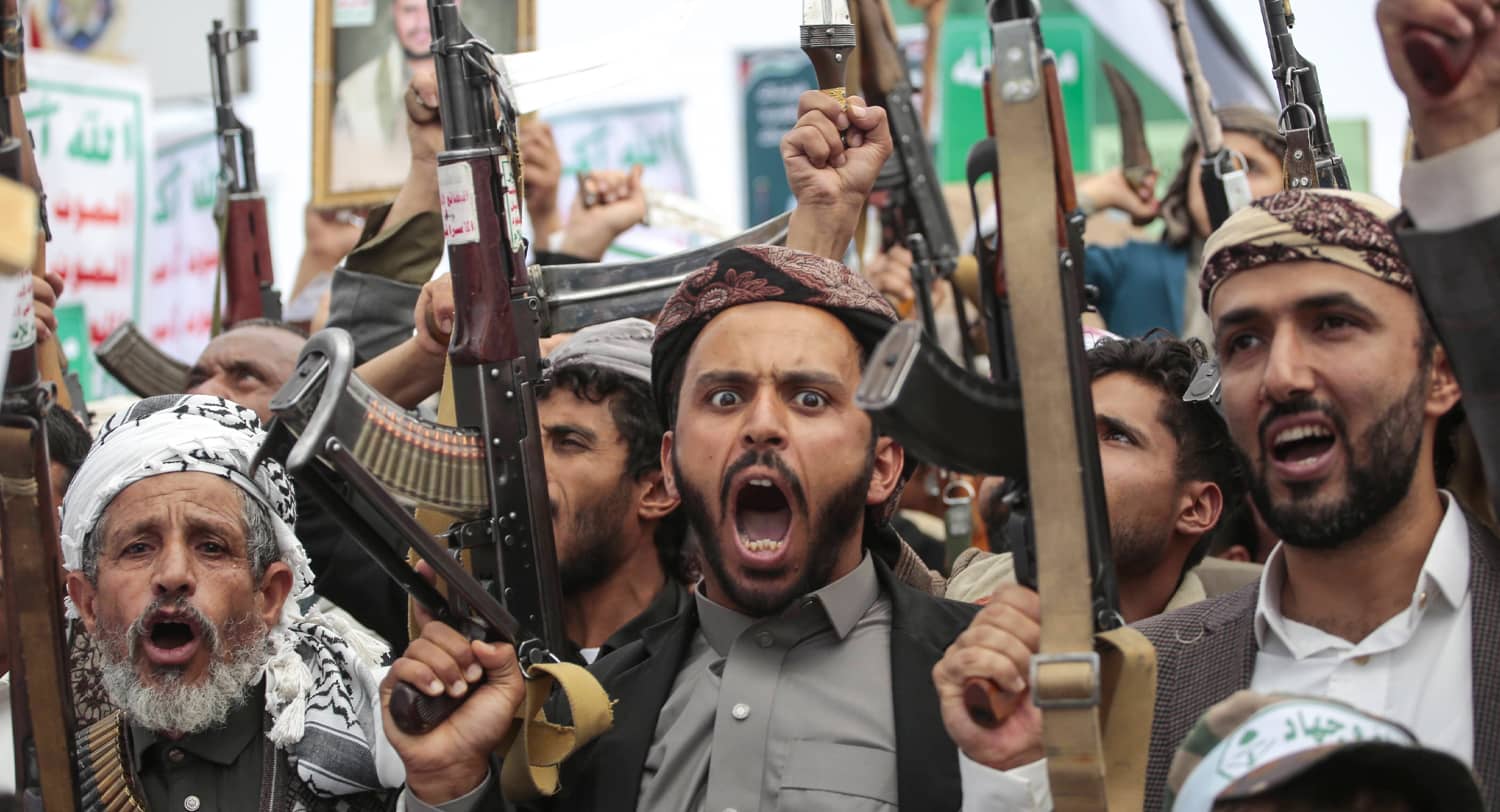Israel launches extensive retaliatory airstrikes against the Houthi economic heartland in northern Yemen, while the US pivots to announce a ceasefire with the Houthis. This divergence in approach between the superpower and a regional ally raises questions over whether momentum for an anti-Houthi ground offensive has been lost.
An intensified American-led air campaign, “Operation Rough Rider,” initiated in mid-March, appeared to temporarily disrupt their attacks on Israel and international shipping. By April 27, the campaign had struck over 800 Houthi targets, killing hundreds of operatives, including leaders, and targeting radars, missile launch positions and port infrastructure (used to import Iranian weapons).
Nevertheless, on May 8, Houthi leader Abdul Malik al-Houthi said that despite 53 days of consecutive strikes, US forces “did not affect our military capabilities, nor did they stop our operations. The goal of the American aggression was to support the Israeli enemy, but it failed miserably.”
The US air campaign had ignited hopes for an anti-Houthi Yemeni ground offensive. Israeli analyst Kobi Michael of the Institute for National Security Studies believes only a decisive ground campaign by Yemenis to “reimpose the south over the north” would eliminate the Houthi threat long term.
A report in mid-April by the Wall Street Journal described preparations for an anti-Houthi offensive targeting the Red Sea port of Hudeida, with figures of up to 80,000 soldiers being mobilized. But tangible evidence of such a large-scale preparation remains elusive.
As noted by the Foundation for Defense of Democracies, the anti-Houthi Yemeni forces lack unity and coordinated command. The anti-Houthi Presidential Leadership Council Vice President Tariq Saleh, who leads the National Resistance Front active on the Red Sea coast, met with Yemeni Defense Ministry officials around April 14, 2025 in Mokha, Yemen, according to the Institute for the Study of War, to discuss cooperation, reflecting efforts to coordinate disparate anti-Houthi elements.
The primary challenge to any anti-Houthi ground success lies in the fragmentation and internal rivalries among these forces. The internationally recognized Presidential Leadership Council struggled to unify northern elements with southern secessionist groups like the Southern Transitional Council.
Ultimately, it was Israel that has caused the most dramatic damage to the Houthi regime to date.
On May 4, a Houthi ballistic missile struck near Ben Gurion Airport. An initial IDF probe suggested a technical failure in an Arrow interceptor, causing temporary airport closure and suspension of air service by many international carriers.
On May 5 and 6, the Israeli Air Force attacked Hodeida port and disabled Sanaa International Airport, striking runways, the control tower, and aircraft allegedly used for arms smuggling. Strikes also hit power stations near Sanaa and a cement factory in Amran province, identified by the IDF as crucial for Houthi economic revenue and military construction, including tunnel building.
The IDF spokesperson’s unit on May 6 emphasized that these civilian sites were systematically exploited by the “Houthi terrorist regime for terrorist purposes.” The damage was significant, with the Sanaa airport director claiming $500 million in losses.
This strategy of targeting dual-use infrastructure signaled a clear intent to cripple the Houthis’ economic assets and warn Tehran of the similar vulnerability of assets that dot the Islamic Republic. These long-range, complex missions also served as invaluable operational experience for the IAF.
The direct Israeli engagement coincided with a concurrent US-Houthi ceasefire, commencing May 7. Announced by US President Donald Trump and mediated by Oman, the deal focused on ensuring freedom of navigation for international commercial shipping in the Red Sea and Bab el-Mandeb, with a mutual cessation of attacks between US forces and the Houthis.
Houthi officials, however, immediately stressed that the agreement did not extend to their attacks against Israel or Israeli-linked shipping, vowing to continue these attacks in their support of Hamas in Gaza. Shipping headed to Israel’s southern port of Eilat remains at high risk from Houthi attacks.
Since the US truce was announced, the IDF intercepted, on May 7, an unmanned aerial vehicle – likely Houthi. On the same day, a Houthi missile targeting Israel fell short in Saudi Arabia.
The Houthis, despite losses from Israeli and American air strikes, have proven to be resilient, with years of combat experience in difficult terrain. Kobi Michael notes that the Houthis are “a very determined religious-ideological group, which fought against the Saudis for eight years. More than one hundred thousand people were killed there, and they succeeded in demoralizing the coalition that fought against them.”
Iran’s material support has been crucial to the Houthis’ advanced missile and drone capabilities, allowing Tehran to project power, threaten vital shipping lanes, pressure Saudi Arabia, and open another front against Israel.
Further complicating the Red Sea’s strategic chessboard are Iran’s recent activities in Sudan. Reports indicate that Tehran is actively supporting the Sudanese Armed Forces in that country’s civil war, aiming to establish a strategic foothold, possibly including naval access at Port Sudan. Such a development would grant Iran another vital position from which to threaten maritime security and further destabilize the region.
Israel is poised to continue robust offensive actions as necessary. But so long as Yemeni anti-Houthi forces in the south remain divided and the Americans and Israelis diverge, the Houthi regime will remain intact, and the terrorist threat from Yemen will likely expand beyond Israel when the opportunity arises.



